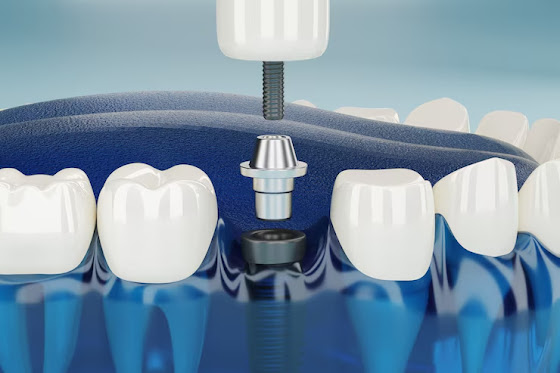Hearing the term ‘root canal’ may give thoughts of anxiety and discomfort. In fact, modern root canal treatment does not cause pain and is a routine dental treatment that can salvage an existing tooth from further complications, avoiding the need for extraction. If you are suffering from a toothache or increased sensitivity, root canal therapy might just be the treatment you need to improve your dental health.
What is root canal treatment?
A
root canal treatment is an anesthetic operation done on an infected or injured
tooth. Every tooth has within it a soft tissue known as the pulp, which
consists of nerves, blood vessels, and connective tissues. Deep decay, cracked
teeth, or trauma give rise to extreme pain, bestowing abscesses. The root canaltreatment for infected teeth comprises removal of infected pulp tissue,
cleaning the chamber, and filling and sealing the tooth chamber to prevent
further damage.
Signs You Might Need a Root Canal
Although not every toothache would result in the need for a root canal, some basic signs include
Recurring toothaches or pain
Pain or numbing to hot or cold items for a prolonged period
Tenderness or swelling of the gums
A change in the coloration of the tooth, usually darkening or discoloration
Development of a boil or pimple on the gums
It is important to visit a dentist in case of the signs mentioned above in order to avoid further complications.
The Root Canal Procedure
Root canal treatment is usually done step by step, which is listed below:
Step one: Diagnosis and X-ray: The dentist first systematically inspects the infected tooth and takes an X-ray to check if the infection is very deep while also looking at the root canals of the tooth.
Step two: Anesthesia: Numbing shots on the selected area of the mouth.
Step three: Cleaning and shaping: There is a cut made on the infected tooth to reach the pulp area and start a cleaning process by removing as much tissue as possible.
Step four: Filling and sealing: The canals just cleaned now should be filled with the biocompatible gutta-percha and sealed to prevent further infections.
Step five: Restoration: Finally, place a filling or crown in order for the in removing the strength and function of the tooth.
Depending on the intricacies of the issue, the full extent of the procedure may take one or two visits.
Root Canal Treatment Advantages:
Preserves Natural Teeth: Root canals are a far better option than extractions, as they preserve your original tooth.
The procedure eliminates both infection and pain.
Prevents Further Infection: Adequate cleaning and sealing avoid additional issues.
Restores Function: Full normality in biting, chewing, and speaking is competence.
Post-Treatment Care
Some mild discomfort is to be expected after a root canal for a few days, which can be alleviated with OTC pain relief. Good oral hygiene, brushing, flossing, and regular dental checkups will help maintain the good health of the treated tooth.
Want a root canal treatment? Contact Pinnacle Dental
Root canal treatment offers a safe and effective solution to serious dental infections while preserving the natural tooth. Now, because of the advancements in dental technology, the procedure is faster, more comfortable, and more successful than ever.
Tooth pain should not be allowed to tamper with your life. Go to the dentist immediately if a problem is suspected to find out if root canal therapy is needed, to take the first step towards a pain-free and healthy smile.











